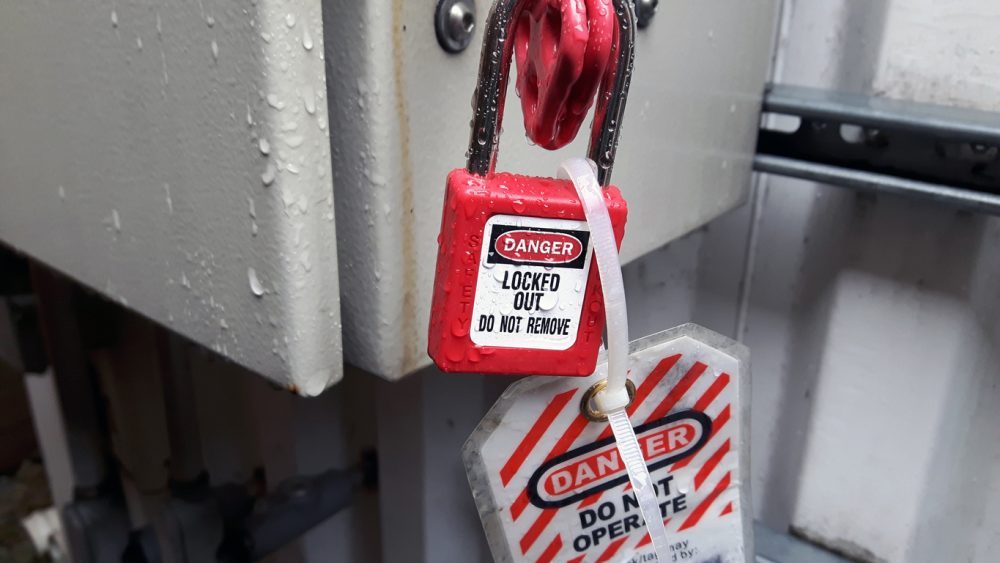[et_pb_section fb_built=”1″ _builder_version=”3.22″][et_pb_row _builder_version=”3.25″ background_size=”initial” background_position=”top_left” background_repeat=”repeat”][et_pb_column type=”4_4″ _builder_version=”3.25″ custom_padding=”|||” custom_padding__hover=”|||”][et_pb_text _builder_version=”4.6.4″ background_size=”initial” background_position=”top_left” background_repeat=”repeat” hover_enabled=”0″ sticky_enabled=”0″]
Every type of employee safety training is important, but a new law passed in August, 2019
means employers in Illinois will need to pay special attention to sexual harassment training for
their employees. Taking direction from the other states with mandates requiring sexual
harassment training — California, Connecticut, Delaware, Maine, and New York — Illinois
becomes the sixth state in what is shaping up to be a growing movement. While some state
laws are already in effect, others will be in place as we enter the new year.
The parameters for Illinois largely fall in line with the standards established by the other early-
adopter states. For instance, most states establish that employers must either use curriculum
developed by state-run agencies, or training with equivalent or greater standards than the state
model. Also, both New York and California include language in their laws that the majority of
employees working for an employer for any amount of time must receive training — one notable
exception to this rule being temp workers in California, who must receive training from their
temporary service employer.
Per the details of S.B. 75 — also known as the “Workplace Transparency Act” — any employer
in Illinois with one or more employee working in the state (effectively, every employer in Illinois),
will need to provide one hour of sexual harassment training to all employees annually, beginning
January 1 st , 2020. The mandate makes no exceptions for the type of employees who must be
trained, stating that all employees, regardless of their status (i.e. short-term, long-term, or intern)
must receive the training. This even includes restaurant and bar employees, who are now also
required to be covered by a formalized sexual harassment policy drafted by their employer.
When is the deadline for training, and what does the training need to cover?
As the fourth quarter quickly draws to a close, the deadline for all employees to receive training
— December 31 st , 2020 — is fast approaching, meaning employers will need to schedule
employee training soon to meet the letter of the law. Additionally, to be compliant with the terms
laid out in S.B. 75, the training provided must cover the following areas:
- An overview and definition of sexual harassment
- Examples of conduct that may constitute sexual harassment
- Information about Federal and State laws concerning sexual harassment, and remedies
available to sexual harassment victims - Information about the employer’s responsibility to help prevent, investigate, and
implement corrective measures relating to sexual harassment
Because these areas are so specific, and being so late in the year, it may be difficult for
employers to craft their own sexual harassment training from scratch. Fortunately, training
programs exist already that provide the lessons and coursework to meet both the requirements
set up by the new law and to bring employees up to speed on what they need to know about
sexual harassment in the workplace.
What happens if training doesn’t occur?
Some employers may be tempted to skip over this year’s training and let the deadline lapse.
Should this happen, some severe consequences have been outlined to hold employers
accountable, namely in the form of fines. These civil penalties are based upon company size
and include:
- $500 if the company has up to four employees,
- $1,000 if the company has more than four employees,
- Repeat violations could be as much as $5,000 for each instance.
Enforced by the Illinois Department of Human Rights (IDHR), the law goes on to further require
that employers report the number of adverse judgements or administrative rulings involving
sexual harassment and unlawful discrimination on a yearly basis. This means the IDHR will be
keeping a close watch on Illinois’ employers and how well they comply.
Rather than risk receiving hefty financial penalties, employers should look into adopting an
established training curriculum that includes sexual harassment coursework compliant with the
new mandates. This takes the stress off employers to research, compile, and structure the
trainings themselves, and allows enough free time to schedule employee trainings before the
deadline comes to pass. As with other areas of safety, adopting a proactive approach puts
employers on a better path to success than being caught in a reactive loop. Take the first steps
toward being proactive with safety training by reviewing how an OptimumOnline training plan
can help fulfill the lingering sexual harassment training requirement before time runs out.
Optimum Safety Management provides the information and services to help companies develop
safety leaders and improve overall safety performance. For more information on how Optimum
Safety Management can assist with your businesses’ safety needs, contact an expert today, or
reach out via phone at 630-759-9908.
[/et_pb_text][/et_pb_column][/et_pb_row][/et_pb_section][et_pb_section fb_built=”1″ _builder_version=”4.6.4″ _module_preset=”default” admin_label=”Add to End of All Blogs”][et_pb_row _builder_version=”4.6.4″ _module_preset=”default”][et_pb_column _builder_version=”4.6.4″ _module_preset=”default” type=”4_4″][et_pb_text _builder_version=”4.6.4″ _module_preset=”default” header_3_font=”Poppins|700|||||||” header_3_text_color=”#282466″ hover_enabled=”0″ sticky_enabled=”0″]
Continue reading more from Optimum:
[/et_pb_text][et_pb_blog _builder_version=”4.6.4″ _module_preset=”default” posts_number=”6″ hover_enabled=”0″ sticky_enabled=”0″ fullwidth=”off” show_author=”off” show_date=”off” show_categories=”off” show_excerpt=”off” link_option_url_new_window=”on”][/et_pb_blog][/et_pb_column][/et_pb_row][/et_pb_section]







